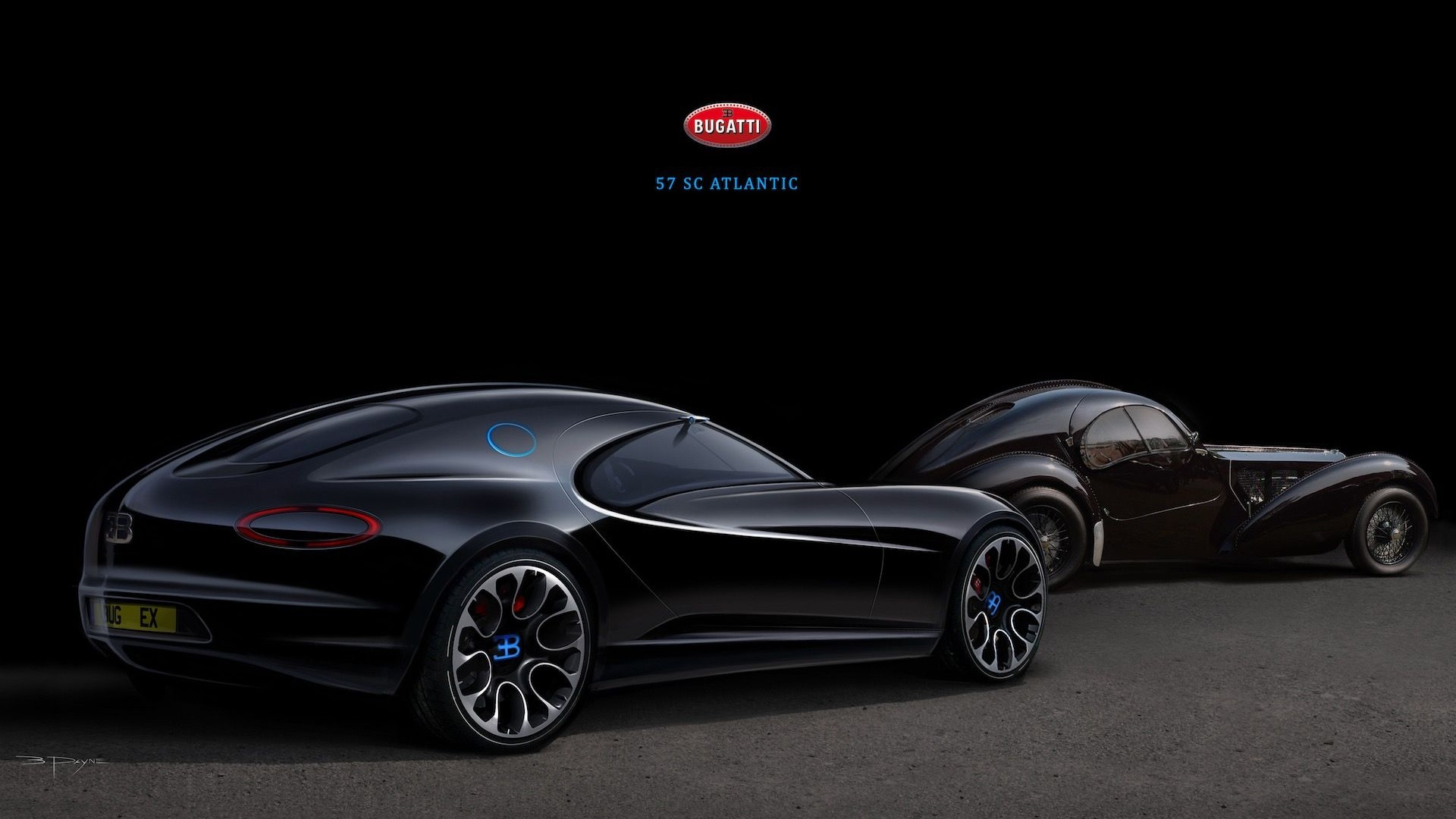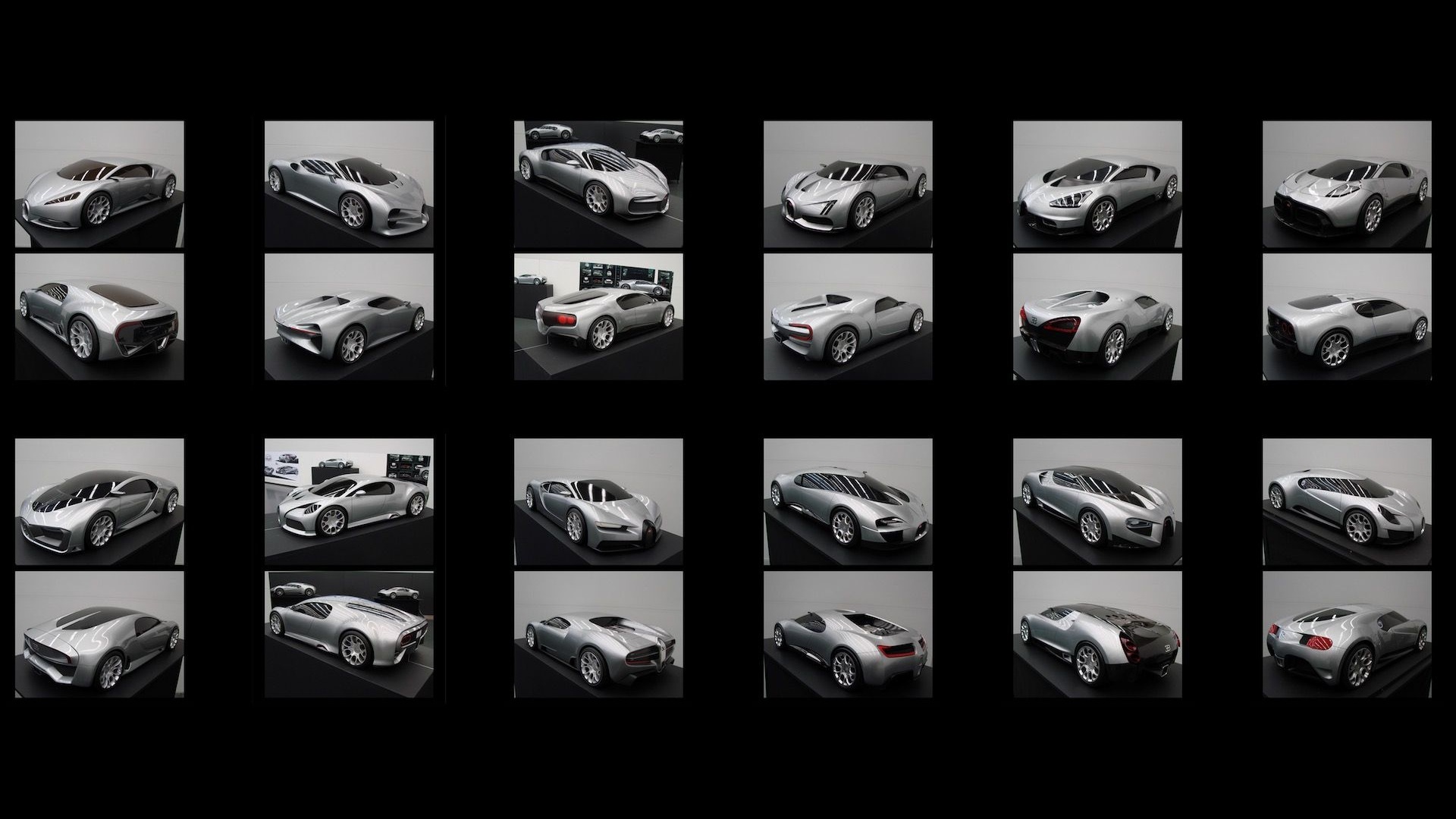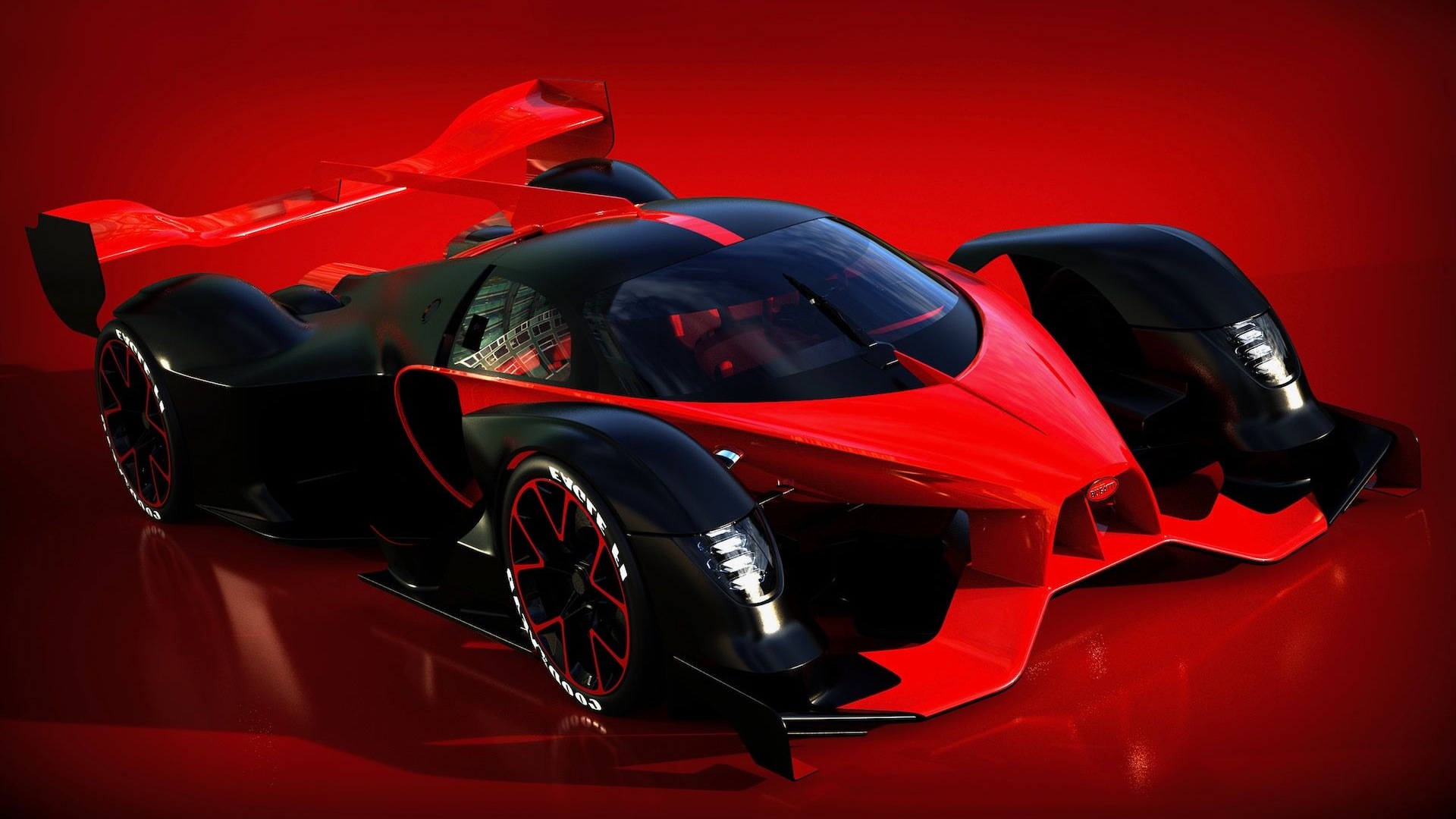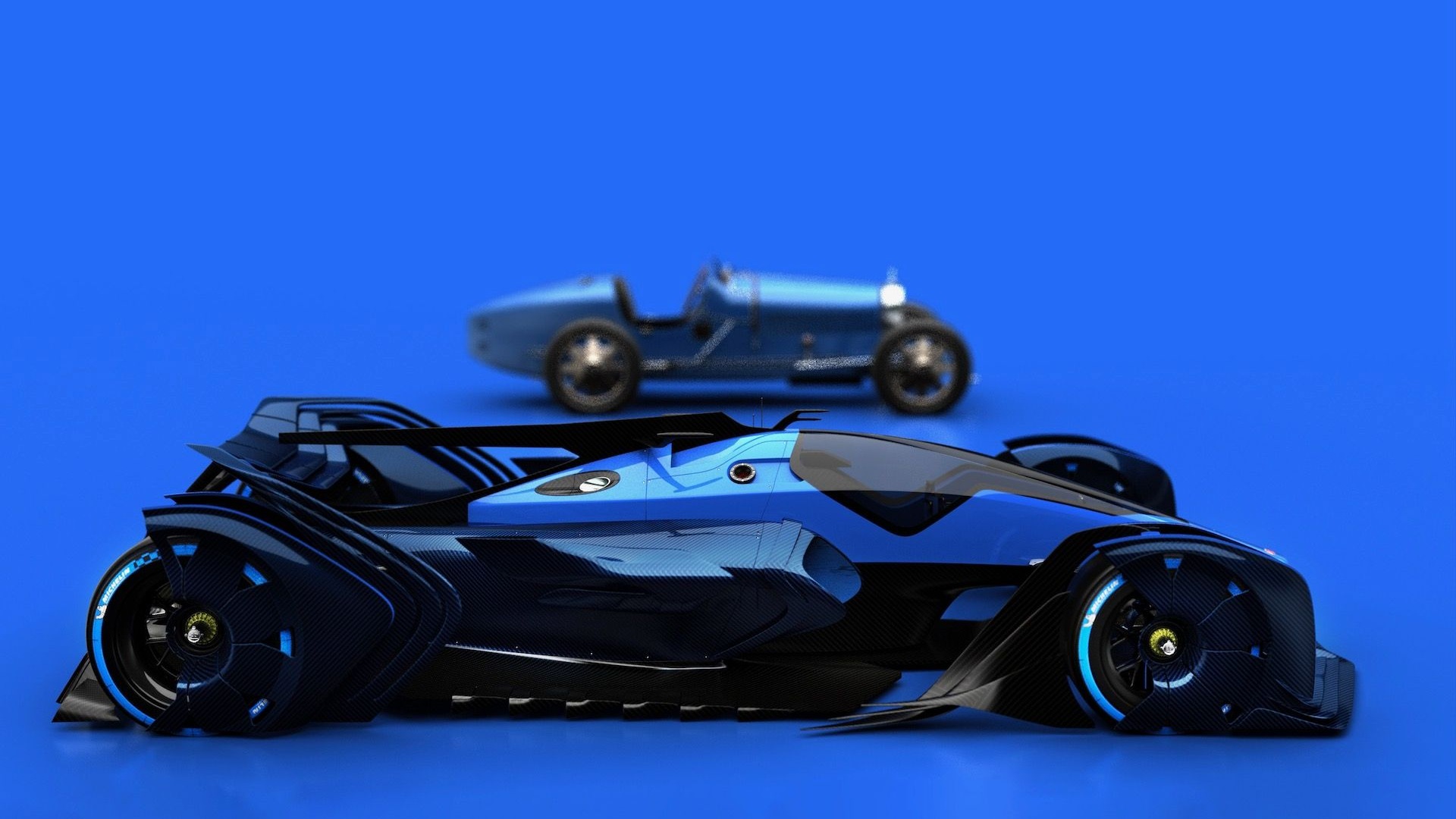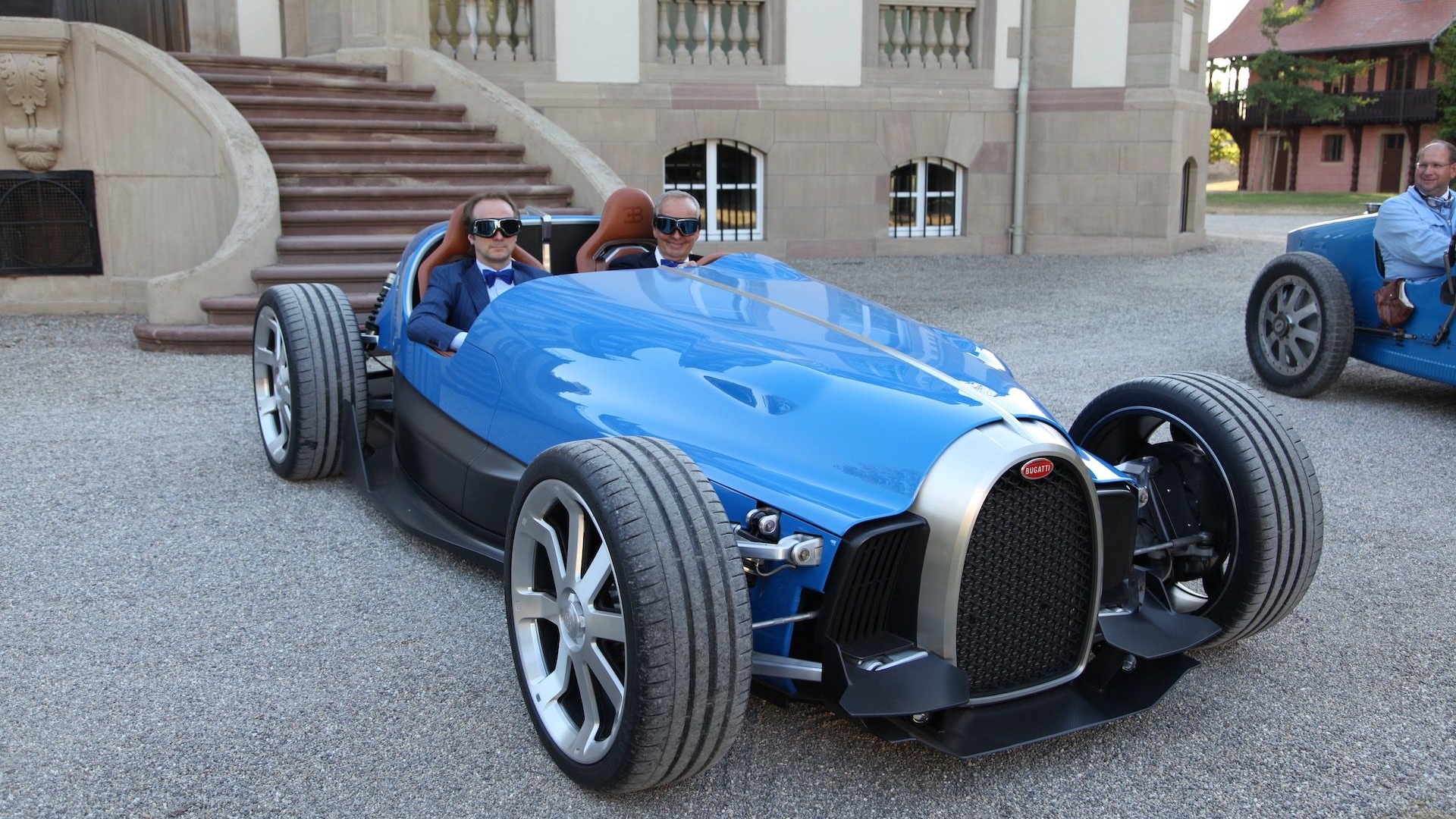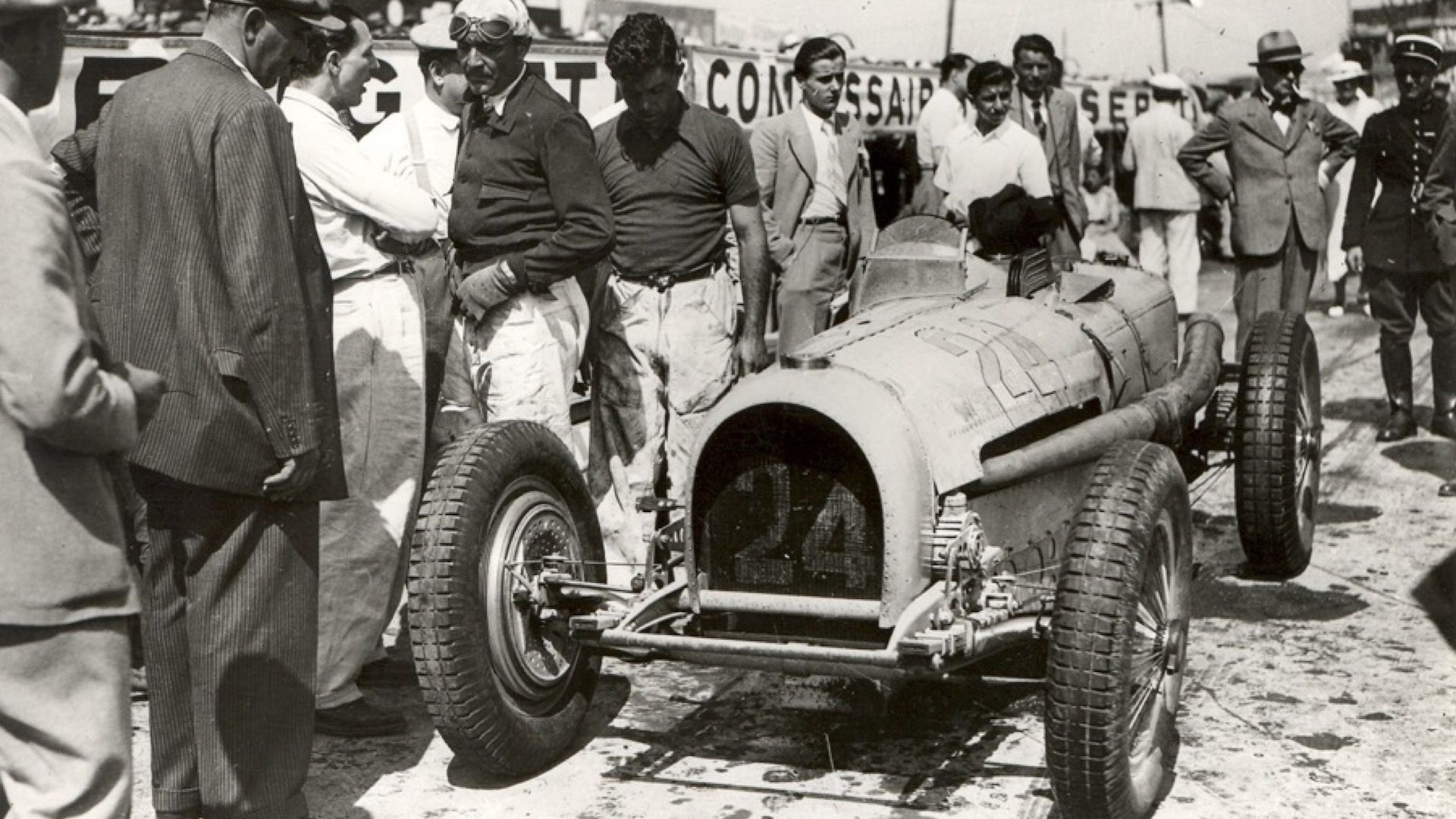- Bugatti considered a modern Bugatti Type 57 Atlantic coupe in 2008
- The automaker revealed various Veyron successor design proposals
- Bugatti designers dreamed up a modern tribute to the Type 35
Bugatti on Friday revealed a handful of previously unseen design studies in the lead up to a seminar about the automaker's history.
These design studies and other archival material will be presented to the public November 8-9 at the National Automuseum in Dietzhölztal, Germany. The museum houses the Loh Collection, which features many historically significant Bugattis.
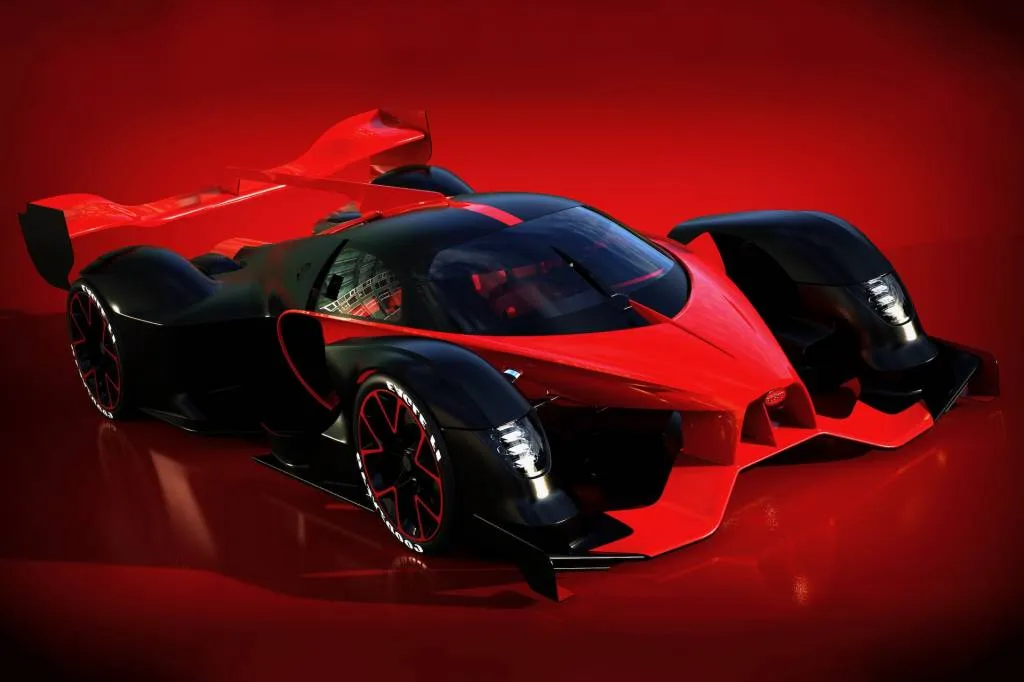
2014 Bugatti Vision Gran Turismo design study
The materials shed some light on the different design directions has Bugatti considered during its modern era under Volkswagen Group ownership, including unused ideas for a successor to the Veyron and possible additional model lines. In 2008, for example, designers drew up a proposal for a modern Bugatti Type 57 Atlantic coupe, the crown jewel of Bugatti production cars. Just four were built between 1936 and 1938 and today they're among the few cars that can fetch eight figures at auction.
The modern Atlantic successor never happened, as Bugatti decided to follow up the Veyron supercar then in production with the Chiron. Some early design proposals for that supercar will also be presented at the seminar, as will an unused proposal for the Bugatti Vision Gran Turismo concept from 2015 that served as a preview of the Chiron. It's radically different from the actual concept, with separated fenders and more extensive aero.
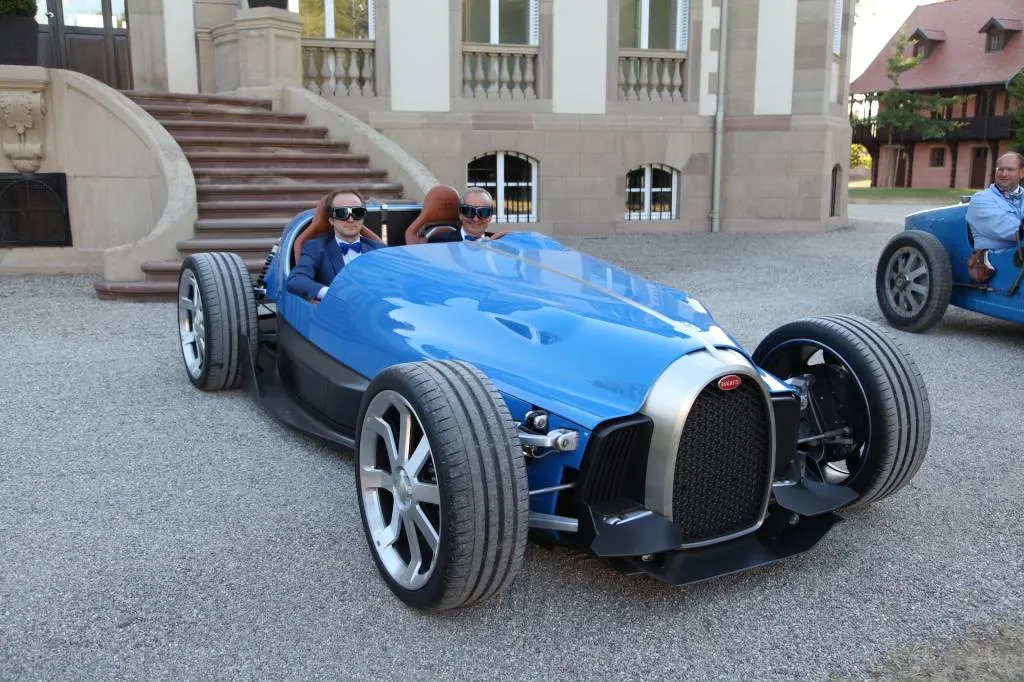
2018 Bugatti Type 35 homage with designer Walter da Silva at the wheel
Bugatti also considered a modern tribute to the Type 35—one of the automaker's most successful race cars—producing two takes on this idea in 2015 and 2018. One is a futuristic track car that looks a bit like a rough draft of the Bugatti Bolide, while the other is an open-wheel roadster that tries to graft the original Type 35's design onto more modern proportions.
In addition to looking at the detours Bugatti took on the way to developing the Chiron, the seminar will look at the history of Bugatti from its founding by Ettore Bugatti, the 30-car collection amassed by Fritz Schlumpf that kept the automaker's history alive, and Bugatti's false restart under Italian businessman Romano Artioli in the 1990s.
